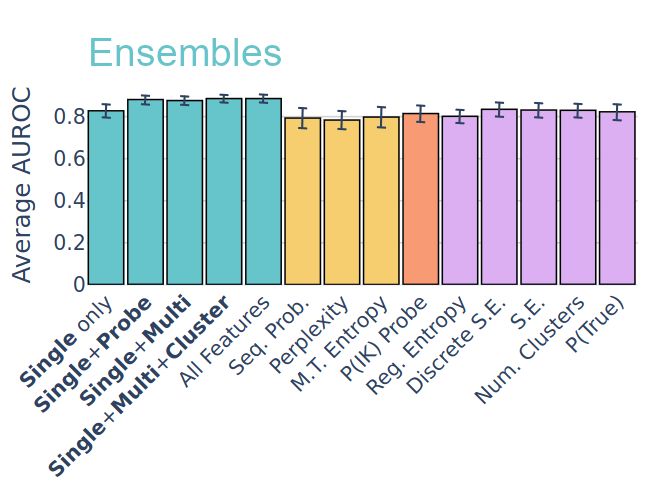Bálint Mucsányi
@bmucsanyi.bsky.social
320 followers
130 following
15 posts
ELLIS & IMPRS-IS PhD Student at the University of Tübingen.
Excited about uncertainty quantification, weight spaces, and deep learning theory.
Posts
Media
Videos
Starter Packs
Reposted by Bálint Mucsányi
Bálint Mucsányi
@bmucsanyi.bsky.social
· Dec 12
Bálint Mucsányi
@bmucsanyi.bsky.social
· Dec 12
Bálint Mucsányi
@bmucsanyi.bsky.social
· Dec 12
Bálint Mucsányi
@bmucsanyi.bsky.social
· Dec 11
Bálint Mucsányi
@bmucsanyi.bsky.social
· Nov 19
Bálint Mucsányi
@bmucsanyi.bsky.social
· Nov 19







